On April 6, 2023, the Prime Minister approved the Strategy for digital transformation of journalism to 2025, with a vision to 2030, identifying that digital transformation of journalism will become an inevitable trend in all press agencies.
Since then, new media concepts have emerged: Converged newsroom, multimedia journalism, data journalism, content personalization… bringing new reading experiences to readers.
According to experts, the essence of digital transformation in journalism is the application of increasingly modern technology to journalism activities, making the digital journalism ecosystem enriched with new and superior features, helping to improve the quality and effectiveness of propaganda in the period of technology and social network explosion.
Thus, digital transformation is not only a matter of applying technology but also a comprehensive innovation of the production and operation process of press agencies, requiring a change in the thinking of leaders and all journalists.
According to the Government 's Digital Transformation Strategy for Press, by 2025, 100% of press agencies will put content on digital platforms and operate according to a converged newsroom model; 90% of press agencies will use centralized data analysis and processing platforms, applying AI.
The year 2025 is not only an important milestone of the Digital Transformation Strategy of the press but also marks the 100th anniversary of the Vietnamese Revolutionary Press. At this important historical moment, press agencies and State management levels are striving to achieve their goals, overcome challenges to improve communication efficiency, fulfill political tasks and meet readers' needs.
On this occasion, VietnamPlus Electronic Newspaper respectfully introduces the series of articles "Vietnam's revolutionary press: From manual journalism to digital flow" to look back at the digital transformation stages of Vietnamese press, identify opportunities and challenges and find solutions for the press to transform and enter a new era of the nation.
Uncle Ho is the founder of Vietnam's revolutionary journalism. (Photo courtesy of VNA)
Lesson 1: A century of growth of Vietnamese revolutionary journalism
From the first Thanh Nien newspaper with a hand-drawn five-pointed star on the cufflinks, to Que Huong Online - the first digital magazine and a series of multimedia press products today, Vietnamese press has made great strides on the journey of digital transformation.
Through the stages of development, journalists have recognized that digital transformation of journalism is not simply about digitizing data and upgrading the level of application of information technology in journalism activities, but is a comprehensive change in journalism activities to adapt to the development of society and the needs of readers.
From the days of writing newspapers by hand…
One summer day, I followed journalist Tran Kim Hoa, former Director of the Vietnam Press Museum, to visit the Museum, to learn about the first typewriters and printers used by Vietnamese journalists, and the loudspeaker that was once placed at the 17th Parallel.
The early pages of Vietnam's revolutionary press are currently preserved at the Vietnam Press Museum. (Photo: Minh Thu/Vietnam+)
Each valuable artifact vividly recreates the history of formation and development of Vietnam's revolutionary press.
According to journalist Tran Kim Hoa, on June 21, 1925, in Guangzhou, China, Thanh Nien newspaper - the mouthpiece of the Vietnam Revolutionary Youth Association, founded by leader Nguyen Ai Quoc, published its first issue. June 21 became a golden milestone for the birth of Vietnam's revolutionary press.
“The Thanh Nien newspaper was printed in three languages: Vietnamese, Chinese and French using manual printing machines and small-sized typography. Members of the Vietnam Revolutionary Youth Association directly participated in arranging, setting, operating the printing machines and packaging. The content focused on propagating Marxism-Leninism, arousing patriotism and revolutionary enlightenment. After the Thanh Nien newspaper was born, the revolutionary press continued to develop strongly in the country,” said journalist Tran Kim Hoa.
Faced with harsh repression by the enemy, press activities were at times secret, semi-public, or carried out in the form of leaflets, printed only by hand or hand-copied, printed abroad.
Over time, printing, publishing and press activities in Vietnam have increasingly developed and modernized following global trends.
Sharing about the digital transformation process of Vietnam's revolutionary press, Associate Professor - Doctor Truong Thi Kien, Academy of Journalism and Communication divided it into 3 stages.
The typewriter was used by journalist Le Van Ba, Hanoi Youth Union for National Salvation, for secret journalism from 1952-1953. (Photo: Minh Thu/Vietnam+)
The first stage was the birth of digital journalism, also known as internet journalism, electronic journalism, online journalism in 1992, with the appearance of the Chicago Tribune (USA).
In Vietnam, Que Huong Online Magazine of the Committee for Overseas Vietnamese (Ministry of Foreign Affairs) is considered the first digital newspaper. Up to now, in addition to independent electronic newspapers, print, radio and television agencies have all been present on digital platforms with strengths that traditional press types do not have, such as: Instant updates, connectivity, interaction, storage, multimedia, multilingual...
According to Associate Professor-PhD Truong Thi Kien, in 2016, the Industrial Revolution 4.0 appeared. Outstanding achievements such as Big Data, Cloud Computing, Internet of Things (IoT), Artificial Intelligence (AI) were applied to the field of journalism, bringing journalism into the second phase - the digital transformation phase.
One of the results of digital transformation in journalism is the widespread emergence of new media models: Converged newsroom, multimedia journalism, multi-platform journalism... Modern technology allows journalists to create more attractive forms of media: E-magazine, infographics, data journalism, podcasts, videos...
Digital transformation promotes the emergence of new media models. (Illustration photo: CTV/Vietnam+)
2018 is considered a milestone that opened the third phase of the digital transformation of journalism. Up to now, many Vietnamese newspapers have used artificial intelligence (AI) in the news production process.
According to Associate Professor-PhD Truong Thi Kien, digital transformation of the press depends on human resources in all different areas of the press agency: Senior leaders and managers; middle leaders and managers; grassroots managers; staff and reporters. All are like important links to operate the digital transformation machine. If one link fails, the machine will operate sluggishly, inefficiently, or even be unable to operate.
…to the multimedia journalism “universe”
As one of the pioneers in digital transformation and testing the latest technological innovations, VietnamPlus Electronic Newspaper is steadfast in its view of putting readers at the center of the digital transformation process.
According to Editor-in-Chief Tran Tien Duan, since its establishment, the first Editor-in-Chief of the newspaper, journalist Le Quoc Minh, has boldly experimented with new products, recognized by the domestic press as a pioneer in applying modern journalism and communication technology: 360-degree photos/videos, remote-controlled aircraft, static and interactive graphic information, to the application of mobile journalism, journalism using social media tools, Mega Story reportage style and data journalism; focusing on podcast production; exploiting Chatbot, Webpush, Mobilepush, Newsletter features...
Editor-in-Chief of VietnamPlus E-newspaper Tran Tien Duan speaks at the workshop 'Technology promotes the diversification of press revenue sources.' (Photo: PV/Vietnam+)
Journalist Tran Tien Duan said that applying technology and artificial intelligence to the process of creating digital journalism products is becoming popular and is increasingly being exploited by newsrooms.
We can mention the trend of applying smart newsroom technology, automatically introducing news to readers based on the user's own behavior; or using virtual reality (VR) and augmented reality (AR) to develop press products as well as to create new sources of revenue for the newsroom.
“In the digital transformation process, press agencies collect and analyze reader data to help them better understand the public, thereby developing content strategies and optimizing profits from readers through charging fees and personalizing advertising,” said journalist Tran Tien Duan.
Mr. Nguyen Ba, Editor-in-Chief of VietNamNet Electronic Newspaper. (Photo: VNN)
Looking to the future, Mr. Nguyen Ba, Editor-in-Chief of VietNamNet Electronic Newspaper, believes that the strong development of science and technology opens up many new opportunities for the press.
Now, journalists have great tools and software systems to support their daily work, helping to improve work efficiency, reduce working time, save production costs but still have high quality journalistic works.
According to journalist Nguyen Ba, in the past, to produce a multimedia journalistic work, newsrooms had to invest heavily in video cameras, photo cameras, studios, and needed a lot of staff, but now, with just a smartphone in hand, reporters can compose longform articles, take and edit photos, shoot and edit films to create an excellent journalistic work.
Sharing with reporters from VietnamPlus Electronic Newspaper, Mr. Ba said that the development of science and technology also brings challenges affecting the journalism field such as the spread of fake news.
Therefore, instead of just providing information, the press must also do a good job of building trust with readers, becoming an official and trustworthy channel for the public.
With just compact equipment, reporters can produce a multimedia press product in a short time. (Photo: Hoang Hieu/Vietnam+)
“In the future, no matter how technology develops, journalism still needs to focus on its core values of humanity, accuracy and objectivity. These are the values of journalism that competitors of journalism such as social networks and language models like ChatGPT will never have,” emphasized journalist Nguyen Ba.
No matter how technology develops, journalism still needs to focus on its core values of humanity, accuracy and objectivity.
Journalist Nguyen Ba
Evaluating the process of digital transformation of the press, journalist, Associate Professor, Doctor Vu Trong Lam, Director-Editor-in-Chief of the National Political Publishing House, said that press and publishing agencies have changed their mindset, spent time and resources to seriously prepare, invest in infrastructure, technology, human resources, proactively grasp and apply digital technologies to their operations and have achieved many positive results.
Mr. Vu Trong Lam, Director and Editor-in-Chief of the National Political Publishing House Truth. (Photo: PV/Vietnam+)
However, Mr. Lam said that many press agency leaders still have a fear of change, do not dare to innovate, are satisfied with the existing audience.
In addition, resources for digital transformation are still weak. Most newsrooms and publishers are not yet self-sufficient in technology, or lack financial resources to invest in technology, or are dependent on technology from partners. At the same time, they have not yet built a team of reporters, editors, and publishers with modern professional skills and the ability to apply technology in the digital environment, meeting the requirements of tasks in the new situation.
It can be seen that besides many opportunities and advantages, the rapid progress of the digital transformation process also poses many challenges and difficulties, and new problems arise in the practical operations of journalism and publishing.
This requires press and publishing agencies and industry training institutions to proactively innovate their thinking and awareness of the role, position, importance and methods of digital transformation, thereby creating valuable press and publishing products that well serve the needs of the public./.
Readers are invited to read the series of articles:
(Vietnam+)
Source: https://www.vietnamplus.vn/mot-the-ky-vuon-minh-cua-nen-bao-chi-cach-mang-viet-nam-post1045295.vnp


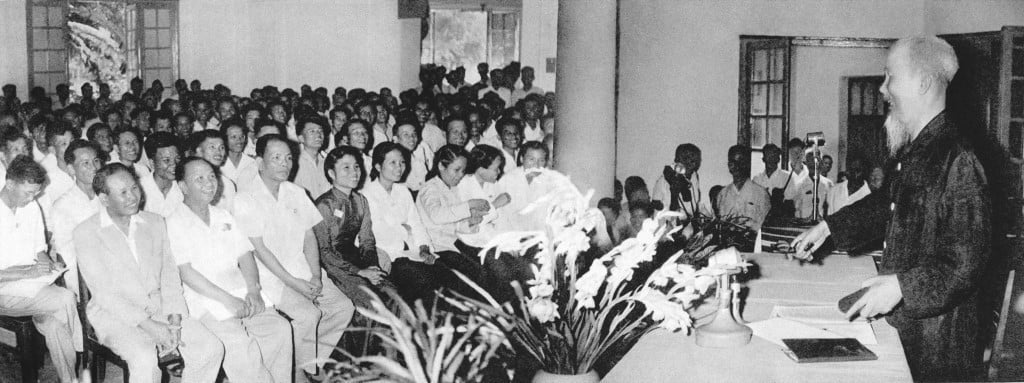








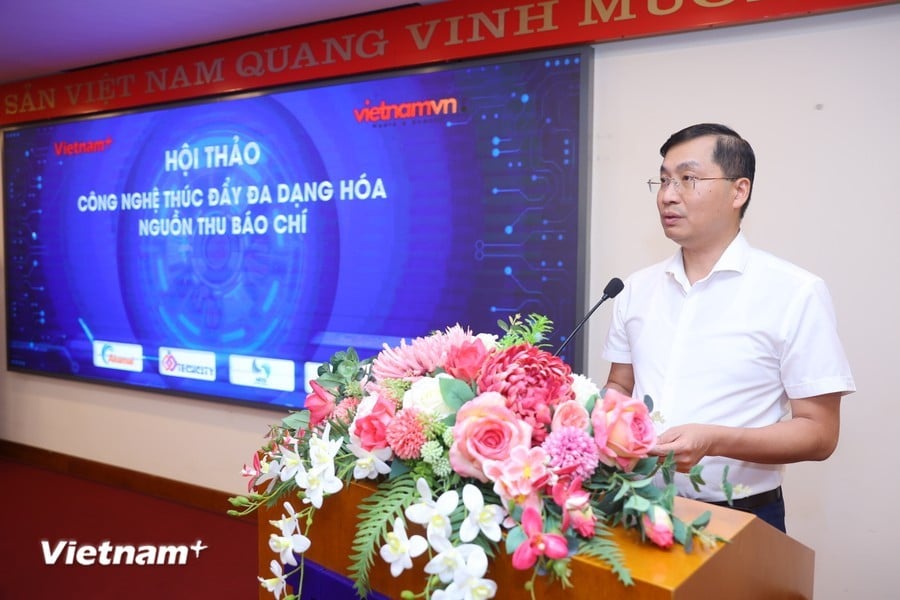


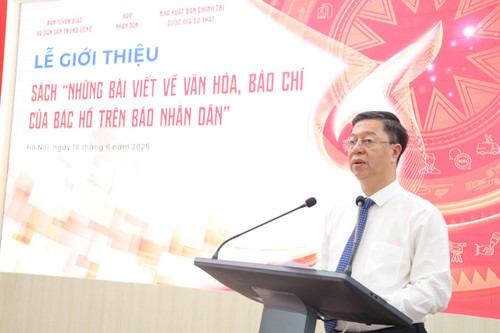
![[Photo] Special class in Tra Linh](https://vphoto.vietnam.vn/thumb/1200x675/vietnam/resource/IMAGE/2025/11/14/1763078485441_ndo_br_lop-hoc-7-jpg.webp)


![[Photo] Deep sea sand deposits, ancient wooden ship An Bang faces the risk of being buried again](https://vphoto.vietnam.vn/thumb/1200x675/vietnam/resource/IMAGE/2025/11/13/1763033175715_ndo_br_thuyen-1-jpg.webp)
![[Photo] Unique art of painting Tuong masks](https://vphoto.vietnam.vn/thumb/1200x675/vietnam/resource/IMAGE/2025/11/14/1763094089301_ndo_br_1-jpg.webp)


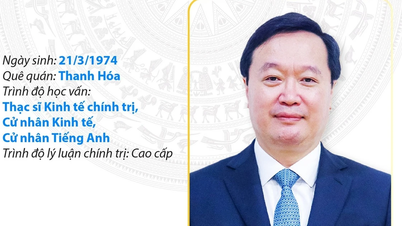




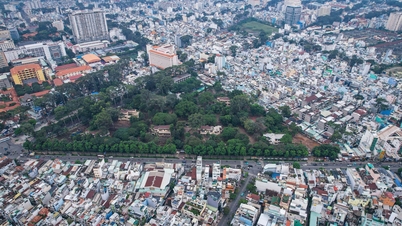






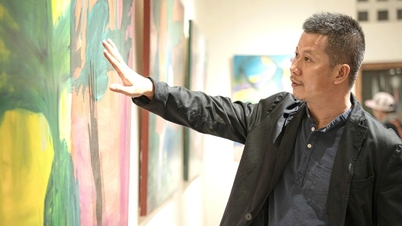
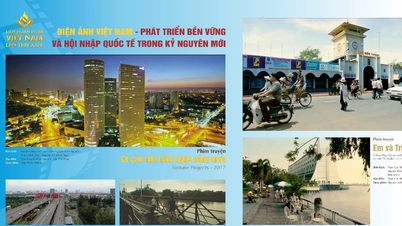





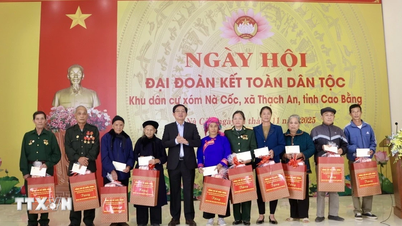


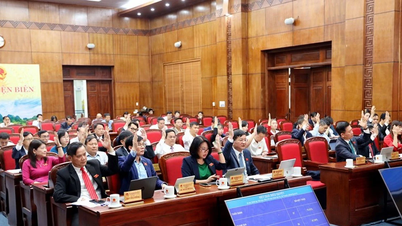


































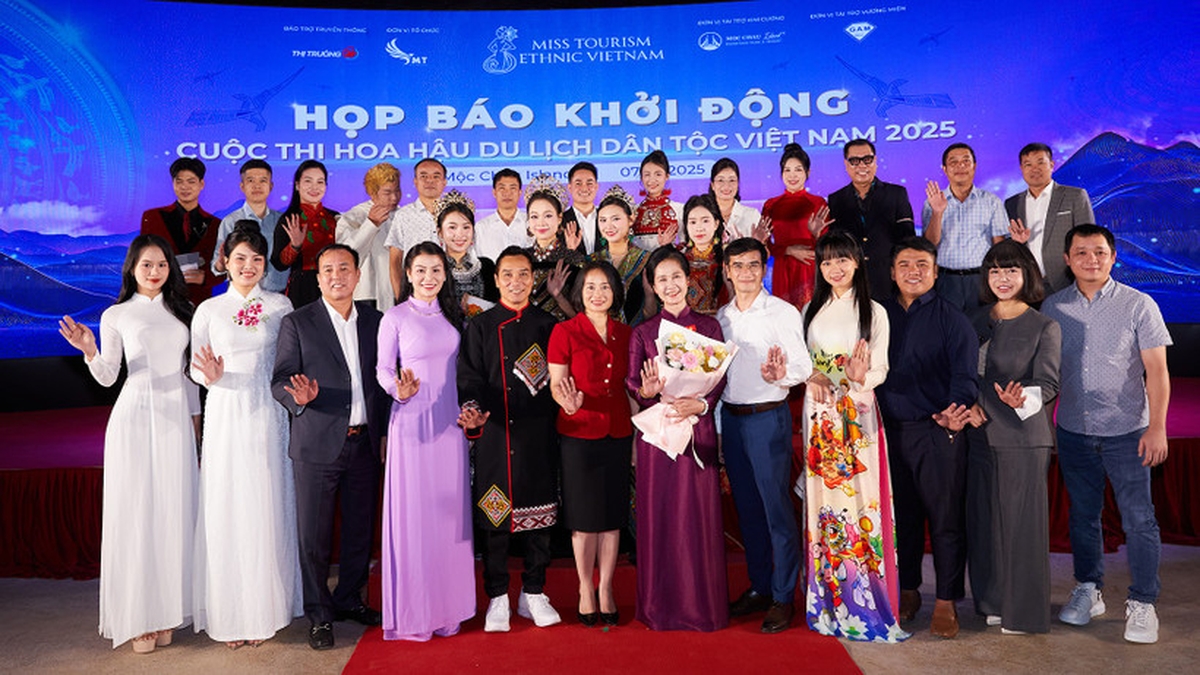












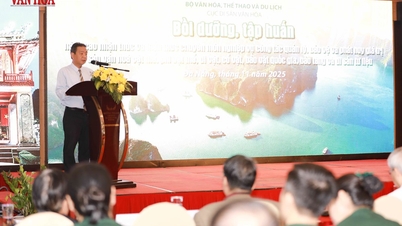






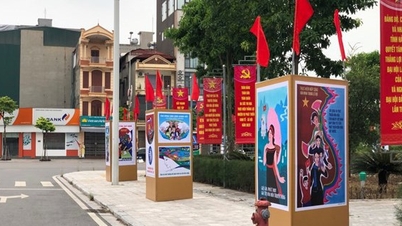
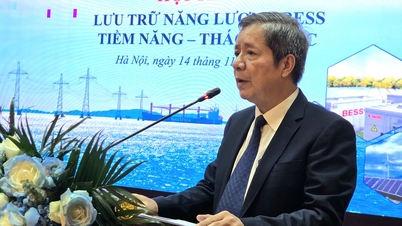
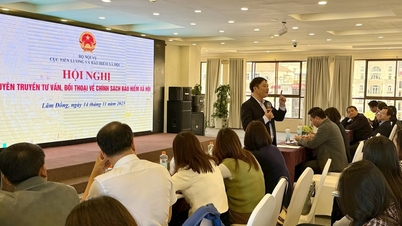




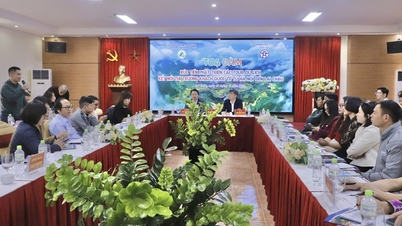
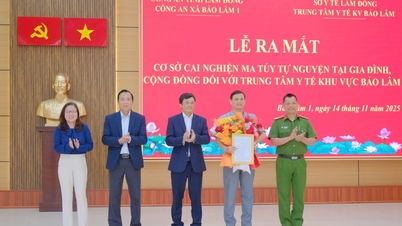
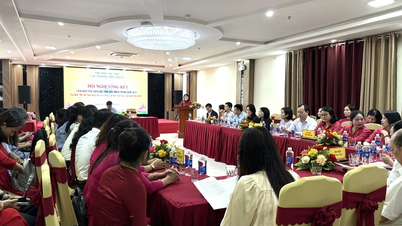






![Dong Nai OCOP transition: [Article 3] Linking tourism with OCOP product consumption](https://vphoto.vietnam.vn/thumb/402x226/vietnam/resource/IMAGE/2025/11/10/1762739199309_1324-2740-7_n-162543_981.jpeg)






Comment (0)